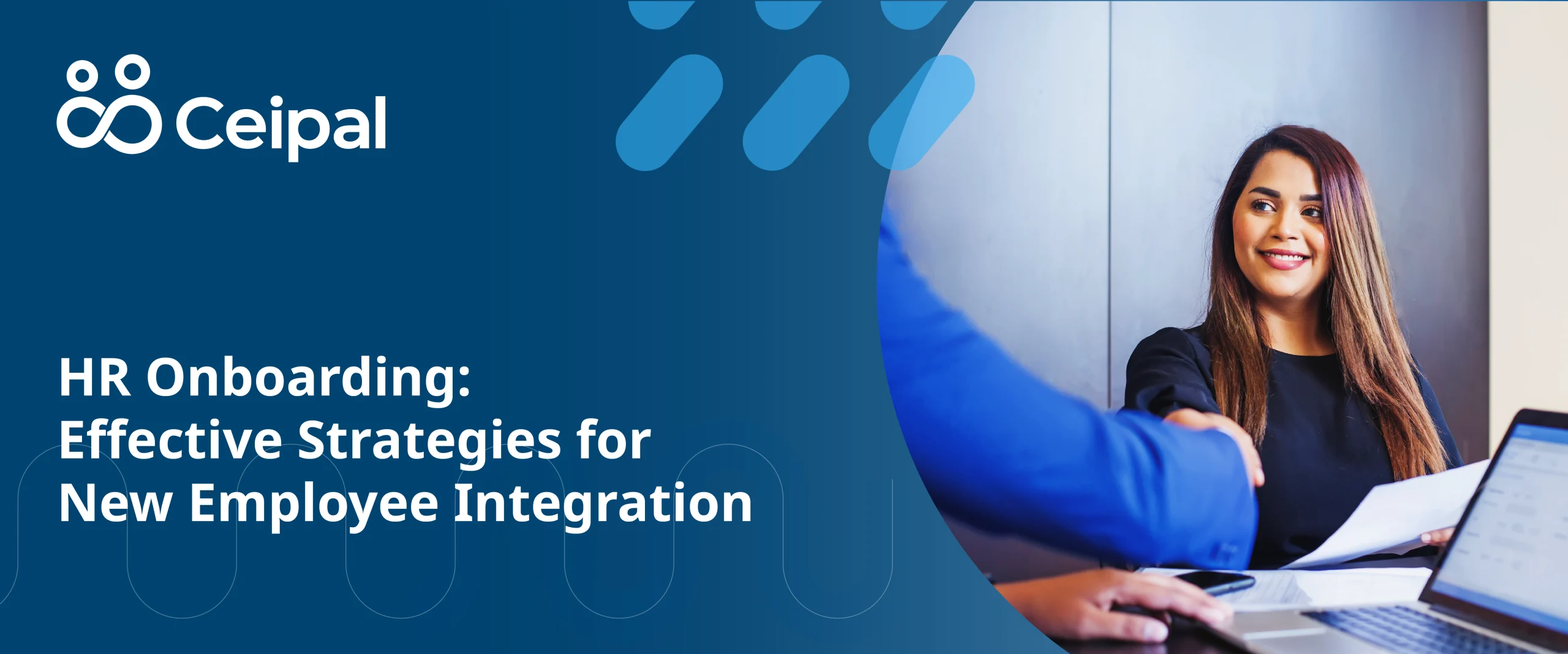Starting a new job can be both exciting and nerve-wracking for anyone. As an HR professional, it’s your responsibility to ensure that the process of integrating new employees into your organization is as smooth and effective as possible. This is where HR onboarding comes into play. Let’s delve into the world of HR onboarding and explore some best practices that can help you make the onboarding experience a positive and productive one for your new hires.
What is HR Onboarding?
HR onboarding is the process of integrating a new employee into your organization. It goes beyond the paperwork and formalities of hiring; it’s about creating an environment where new hires feel welcome, informed, and prepared to contribute to your company’s success.
The Importance of HR Onboarding
HR onboarding is not just a routine HR task; it’s a crucial step in building a strong and motivated workforce. Here’s why it matters:
Reduced Turnover: Effective onboarding can significantly reduce employee turnover. When new hires feel connected to the company from day one, they are more likely to stay and grow with your organization.
Faster Productivity: Well-planned onboarding programs can accelerate the time it takes for new employees to become fully productive. They get up to speed faster and start making meaningful contributions sooner.
Positive Employee Experience: A positive onboarding experience sets the tone for the entire employee-employer relationship. It shows that your organization cares about its employees and their success.
HR Onboarding Best Practices
Consider all the ways you can employ more effective methods for onboarding new hires:
1. Create a Structured Onboarding Plan
A well-structured onboarding plan is the foundation of successful HR onboarding. Outline the entire onboarding process, from the first day to the end of the probation period. This plan should include introductions to key team members, training schedules, and milestones for new employees to achieve.
2. Personalize the Experience
Every new employee is unique. Tailor your onboarding process to meet individual needs and expectations. For example, if you have a remote team member, consider virtual onboarding options. Personalization shows that you value your employees as individuals.
3. Provide Clear Expectations
New hires need to know what is expected of them. Clearly communicate job roles, responsibilities, and performance expectations. A comprehensive job description and regular feedback sessions can help in this regard.
4. Foster a Supportive Culture
Create a culture of support and inclusivity within your organization. Encourage open communication and make new hires feel comfortable asking questions or seeking help when needed. This will foster a sense of belonging from day one.
5. Offer Continuous Learning and Development
Onboarding shouldn’t stop after the first week or month. Provide opportunities for ongoing learning and development. This could include mentorship programs, training workshops, or access to learning resources.
6. Gather Feedback and Adapt
Don’t forget to seek feedback from new employees about their onboarding experience. Use this feedback to refine and improve your onboarding process continually. Adaptation is key to ensuring long-term success.
7. Celebrate Milestones
Recognize and celebrate important milestones in an employee’s journey with your organization. Whether it’s their one-month anniversary or a successful project completion, acknowledging these achievements boosts morale and engagement.
Transforming Onboarding: Empowering New Hires for Success
Effective HR onboarding is more than just paperwork and orientation sessions. It’s about creating a welcoming and supportive environment that empowers new employees to thrive. By following these best practices, you can transform the onboarding experience into a positive and productive journey for both your new hires and your organization.
FAQs About HR Onboarding
1. What is the difference between orientation and onboarding?
Orientation typically involves paperwork, introductions, and compliance training. Onboarding, on the other hand, is a more comprehensive process that focuses on integrating employees into the company culture and ensuring their long-term success.
2. How long should an onboarding program last?
The duration of an onboarding program can vary depending on the complexity of the role and the organization’s specific needs. However, a good rule of thumb is to have a program that spans at least 90 days to ensure a smooth transition.
3. What role does technology play in HR onboarding?
Technology can streamline many aspects of HR onboarding, from digital paperwork to virtual training modules. Leveraging technology can make the process more efficient and accessible, especially for remote or global teams.
4. How can HR onboarding contribute to company culture?
HR onboarding sets the tone for company culture by introducing new employees to the organization’s values, mission, and expectations. It can help foster a culture of inclusivity, communication, and support.
5. What are some common onboarding challenges, and how can they be overcome?
Common challenges include information overload, disengagement, and lack of personalization. To overcome these challenges, focus on clear communication, personalized experiences, and ongoing feedback and support throughout the onboarding process.








